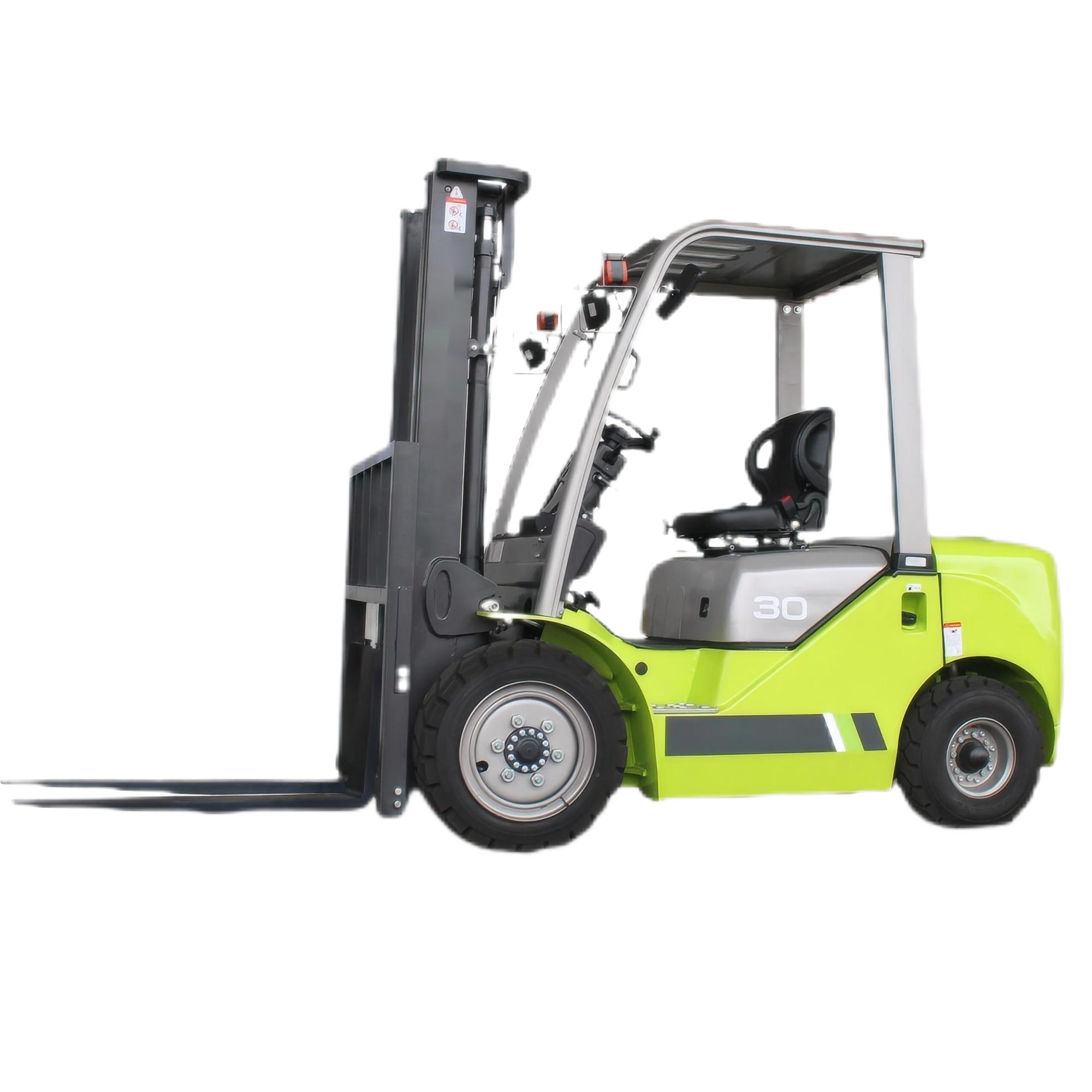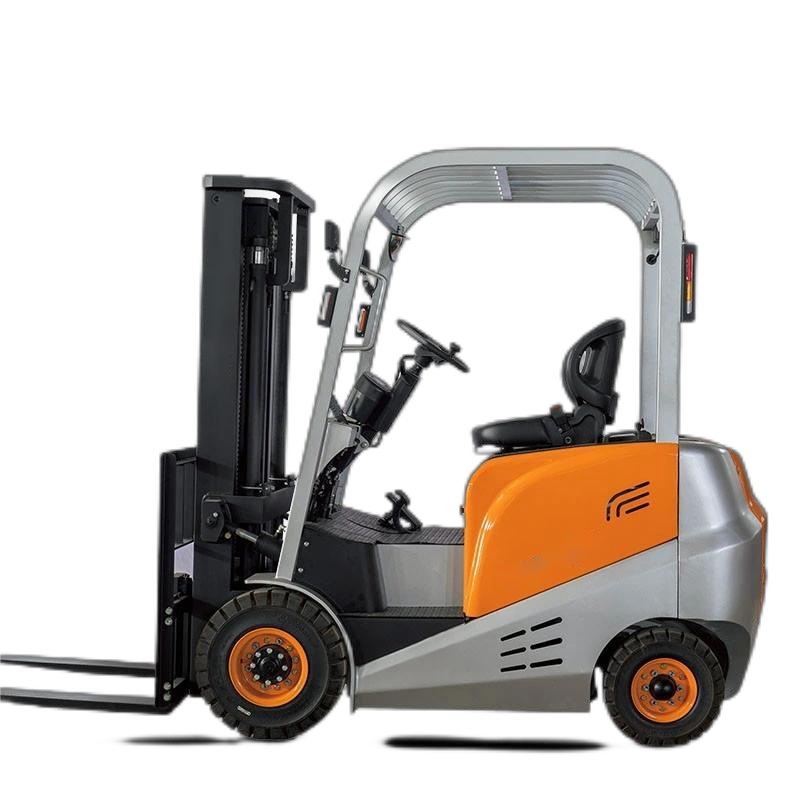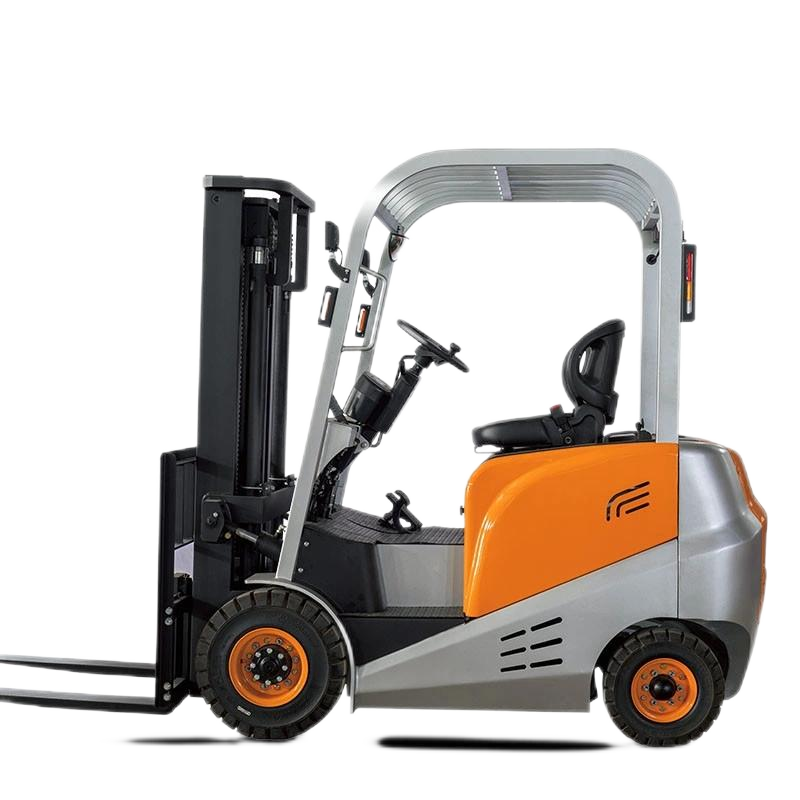Electric forklifts can significantly improve efficiency and replace part of manual labor in many scenarios. However, whether they can completely replace manual labor needs to be comprehensively analyzed in combination with specific application scenarios and requirements:

Advantages and Substitutability of Electric Forklifts
Efficiency: Electric forklifts can quickly complete the handling of goods. Especially in scenarios such as standardized warehouses and logistics centers, their operation speed and load capacity far exceed that of manual labor, which can greatly shorten the operation time.
Safety: It reduces the risk of work-related injuries that may be caused by manual handling. Especially for heavy or dangerous goods, electric forklifts reduce the probability of accidents through mechanized operation.
Cost-effectiveness: In the long run, although the initial investment in electric forklifts is relatively high, it can reduce labor costs. Especially in areas where labor costs are rising, enterprises are more inclined to automated equipment.
Continuous Operation: Electric forklifts can operate 24 hours a day without the need for rest, which is suitable for high-intensity and long-term logistics needs.
Scenarios Where Manual Labor Cannot Be Replaced
Adaptability to Complex Environments: In scenarios such as narrow spaces, non-standardized cargo stacking, or those requiring fine adjustment (such as small warehouses and the handling of special goods), the flexibility and judgment of manual handling still have advantages.
Small-scale or Temporary Tasks: For scenarios where a small amount of goods need to be handled occasionally, manual labor may be more economical, as there is no need to invest in equipment costs.
Requirements for Human-Machine Collaboration: In certain links (such as cargo sorting and quality inspection), it requires the cooperation between humans and machinery, and it is difficult to complete the tasks solely relying on electric forklifts.
Impact of Technological Development
With the advancement of technologies such as autonomous driving and intelligent navigation, the autonomy and environmental adaptability of electric forklifts are constantly improving, and they may replace manual labor in more scenarios in the future. However, the maturity of the technology and the cost are still key factors considered by enterprises.
Conclusion:
Electric forklifts have significant advantages in standardized and large-scale operation scenarios, and can replace a large amount of manual labor, improving efficiency and safety. However, in complex, flexible, or small-scale scenarios, manual labor cannot be completely replaced. In practical applications, enterprises usually adopt the "human-machine collaboration" model according to their own needs to achieve the best results.







